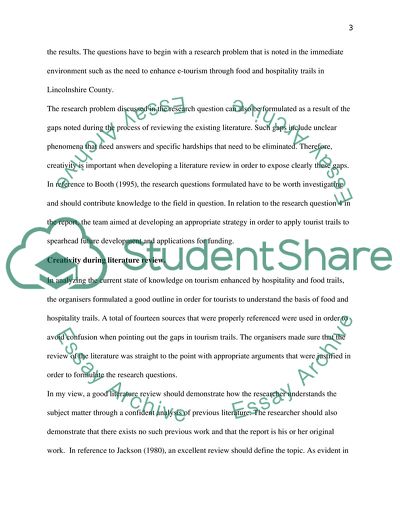Cite this document
(Reflective Log Report of a Group Consultancy Project, n.d.)
Reflective Log Report of a Group Consultancy Project. https://studentshare.org/marketing/1874431-reflective-log-of-report
Reflective Log Report of a Group Consultancy Project. https://studentshare.org/marketing/1874431-reflective-log-of-report
(Reflective Log Report of a Group Consultancy Project)
Reflective Log Report of a Group Consultancy Project. https://studentshare.org/marketing/1874431-reflective-log-of-report.
Reflective Log Report of a Group Consultancy Project. https://studentshare.org/marketing/1874431-reflective-log-of-report.
“Reflective Log Report of a Group Consultancy Project”. https://studentshare.org/marketing/1874431-reflective-log-of-report.


